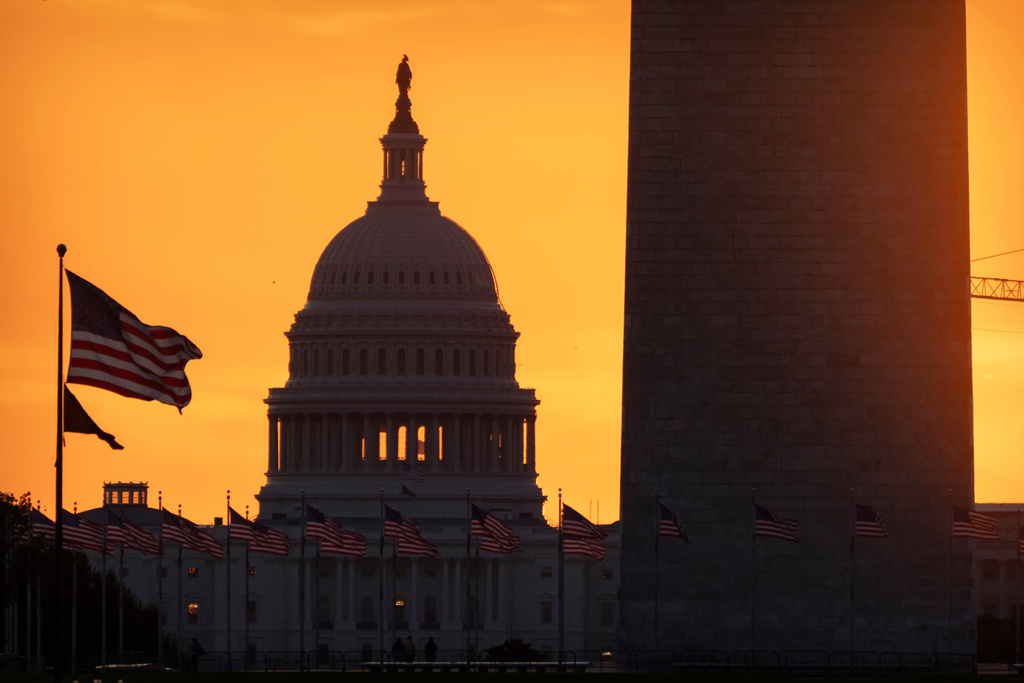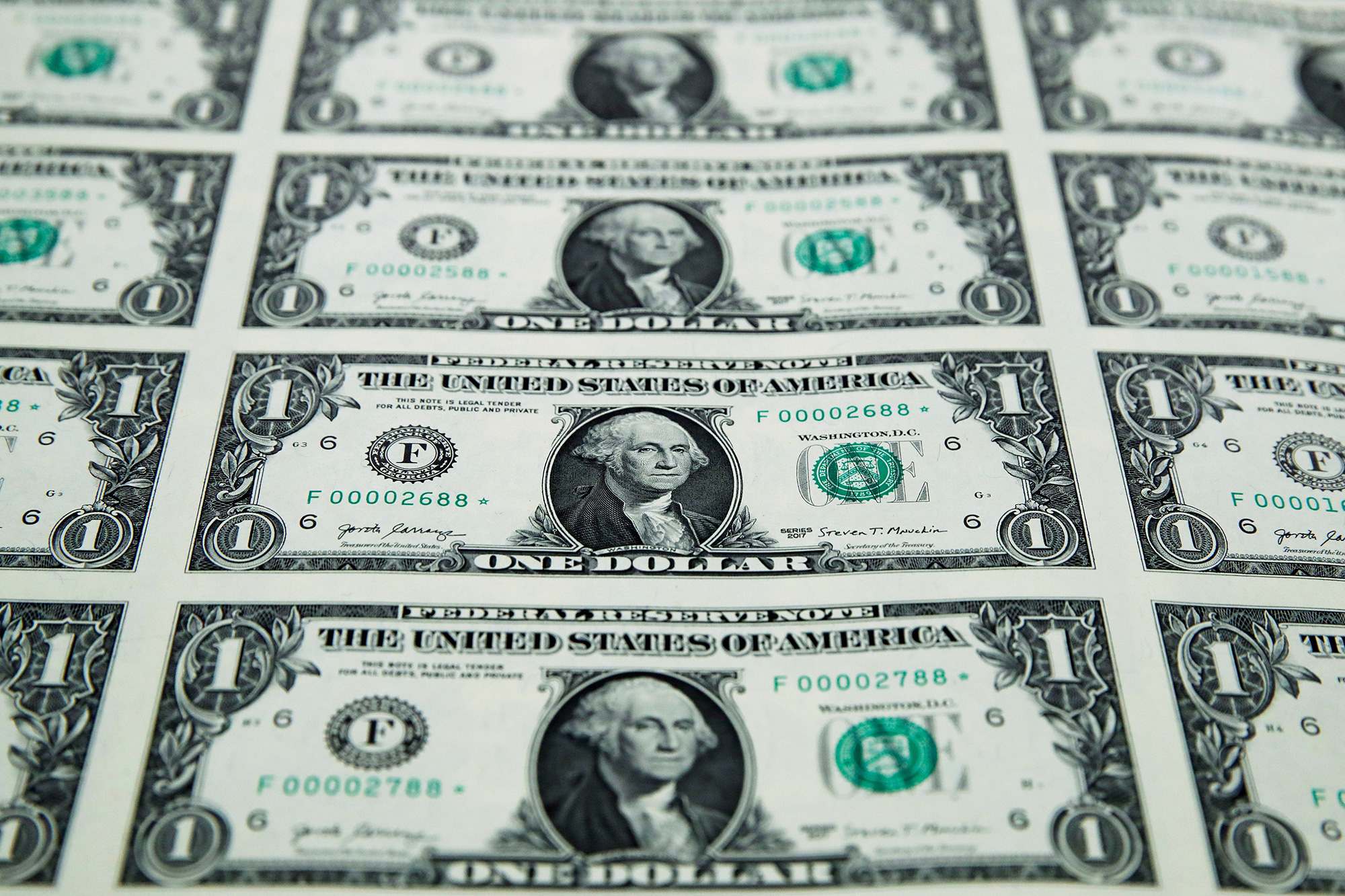Tariff revenue is skyrocketing – here’s what it means for the deficit and trade
President Trump made tariffs and trade a key focus of his successful presidential campaign.
It’s safe to say he’s delivered.
2025 has already seen record levels of revenues collected from tariffs, which are taxes on goods and services imported from other countries. And that’s before the most drastic tariff increases – the so-called “reciprocal tariffs” – kick in starting August 1st.
The U.S. has collected just shy of $100 billion in tariffs this year. Here’s what that means, in context:
+110%
Compared to this point last year, tariff revenue is up 110% – that’s a little more than double.
Here are the last 10 years of tariff revenue up to this point, using inflation-adjusted dollars:
$117 billion
Over the last century, the most money the government has ever collected from tariffs in a single year was $102 billion 2022. Adjusting for inflation, that’s $117 billion in today’s dollars.
At our current rate, the U.S. will reach that historic mark in mid-August.
$300 billion
The Trump administration has no intention of slowing down once they reach the record-breaking level of $117 billion. In a recent Cabinet meeting, Treasury Secretary Scott Bessent projected tariff revenue could be “well over $300 billion by the end of the year.”
That would be a massive uptick from even the current pace, but considering the new slate of tariffs slated to kick in August 1st, it’s not out the picture.
$1.5 Trillion
In April of this year, Commerce Secretary Howard Lutnick said that tariffs could balance the budget, perhaps as soon as this year.
Even with these historic levels, that doesn’t seem likely.
The deficit last year – the difference between the amount of money Washington spent and how much it brought in through taxes – was $1.8 trillion. Secretary Bessent’s lofty target of $300 billion in tariff revenue could cover only 16.7% of the shortfall. The deficit would still be $1.5 trillion.

6%
Even if America hit the optimistic $300 billion figure in tariffs, it would still represent just 6% of total federal revenue in 2024.
The federal government brought in about $4.9 trillion last year, mostly from income and payroll taxes. That puts tariffs firmly in the “rounding error” category when it comes to the overall budget.
Even with record-high revenue levels, tariffs are a tiny slice of America’s budget pie.
Related
Peyton Lofton
Peyton Lofton is Senior Policy Analyst at No Labels and has spent his career writing for the common sense majority. His work has appeared in the Washington Examiner, RealClearPolicy, and the South Florida Sun Sentinel. Peyton holds a degree in political science from Tulane University.







You must be logged in to post a comment.